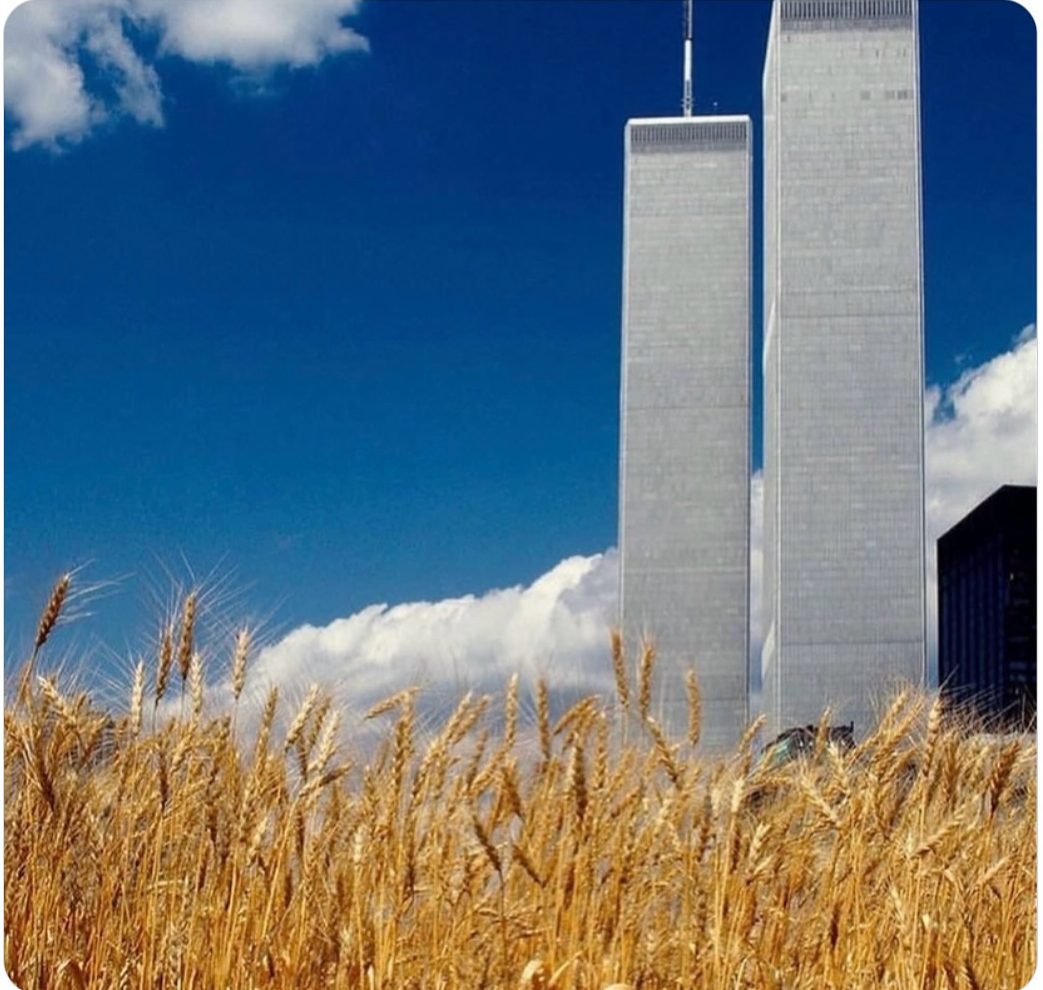How Agnes Denes Turned Two Acres of Manhattan into a Wheat Field in the Shadow of the Twin Towers
There are moments in art history that make you pause, not because they are loud or extravagant, but because they are so unexpected, so out of place, that they become unforgettable. In 1982, Agnes Denes, a Hungarian-born conceptual artist, did something that even today feels surreal. She planted and harvested two acres of golden wheat right in the heart of Lower Manhattan, just two blocks away from Wall Street and in full view of the Twin World Trade Center towers. The work was called Wheatfield – A Confrontation, and it remains one of the most remarkable artistic gestures of the twentieth century.
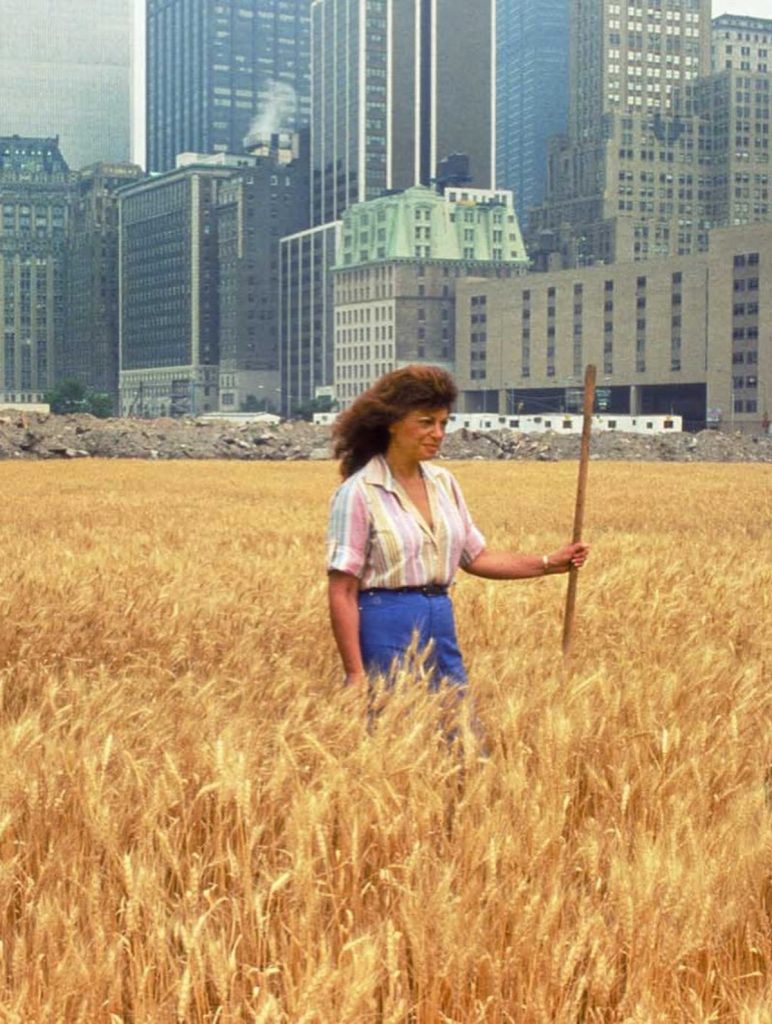
Imagine New York City in the early 1980s, buzzing with finance, power, and the constant rush of urban life. The World Trade Center loomed over everything, glass and steel symbols of modernity and ambition. And yet, in the middle of this concrete landscape, Denes carved out a patch of land and turned it into something deeply ancient and human: a wheat field. For four months, she nurtured it, watering, weeding, and watching the wheat grow under the same sun that glinted off skyscraper windows. When the wheat was finally harvested, it yielded more than 1,000 pounds of grain, which Denes later sent around the world as part of a global art project about hunger and survival.
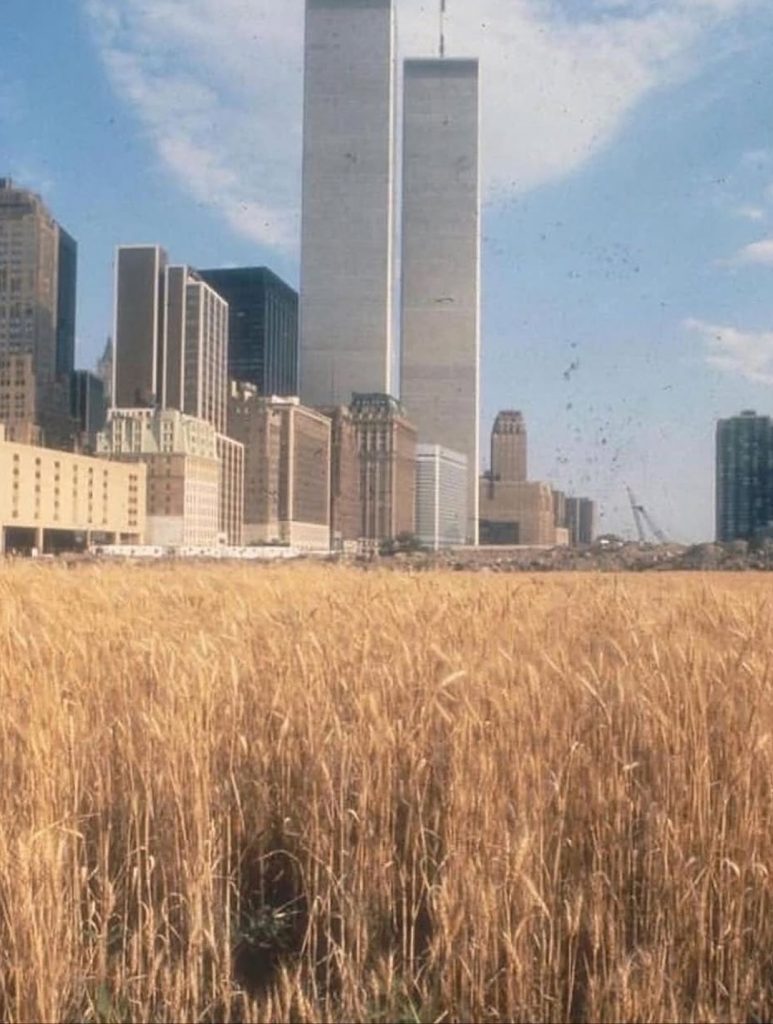
It is hard not to be struck by the contrasts that Wheatfield created. On one side, there was Wall Street, the very heart of global finance, dealing in abstract wealth and invisible markets. On the other side, there was wheat, a crop as old as civilization itself, a reminder that true wealth begins with the soil, with food, with sustenance. Denes herself described the project as “a confrontation between wheat, which has been the staple of survival for civilizations throughout time, and the world’s most famous financial district, a powerful symbol of wealth, world trade, and economics.” In that collision of imagery—golden wheat swaying against a backdrop of towers and trading floors—she asked a question that remains relevant even today: what do we really value?
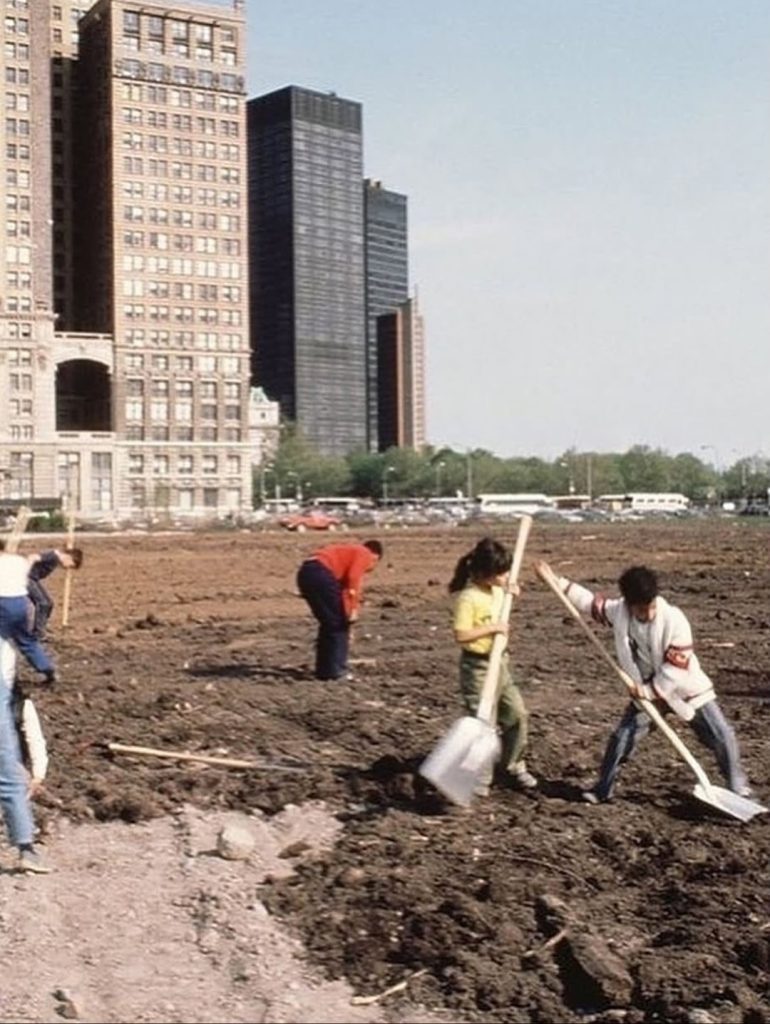
The project was not easy. The site itself, on the Battery Park landfill, was not meant for farming. The soil had to be cleared of trash and debris, truckloads of dirt were brought in, and Denes, with the help of volunteers, worked tirelessly to maintain it. Against all odds, the wheat grew tall and golden, its presence shocking tourists and city workers alike. Some walked past shaking their heads, while others stopped to take photos, unable to believe what they were seeing. For Denes, this was the point—art that wasn’t confined to a gallery or a museum, but art that lived among people, in their daily routines, forcing them to look, to think, and to question.
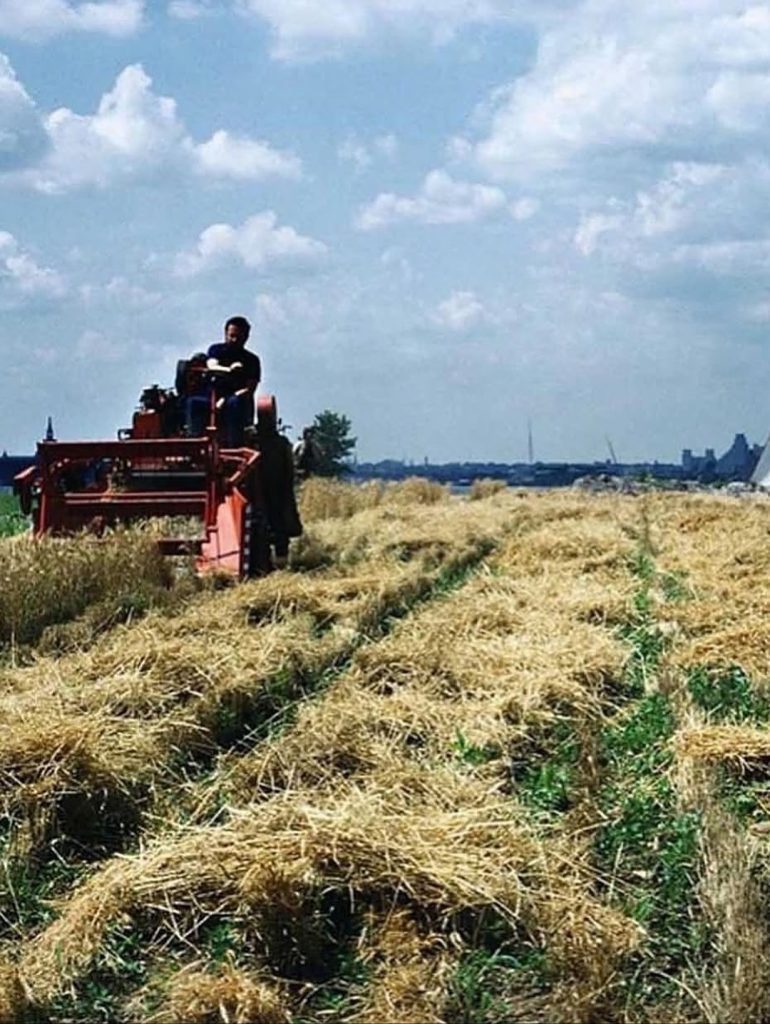
Looking back, Wheatfield feels even more poignant because of where it stood. The Twin Towers that once rose above it are gone now, and the site of the wheat field has been absorbed into the endless cycle of construction and change that defines New York. But the memory of that brief season, when stalks of wheat rippled in the summer breeze just steps away from the frantic pulse of Wall Street, remains powerful. It reminds us that even in the most unlikely places, nature can reclaim space, and art can disrupt the everyday in ways that stay with us for decades.
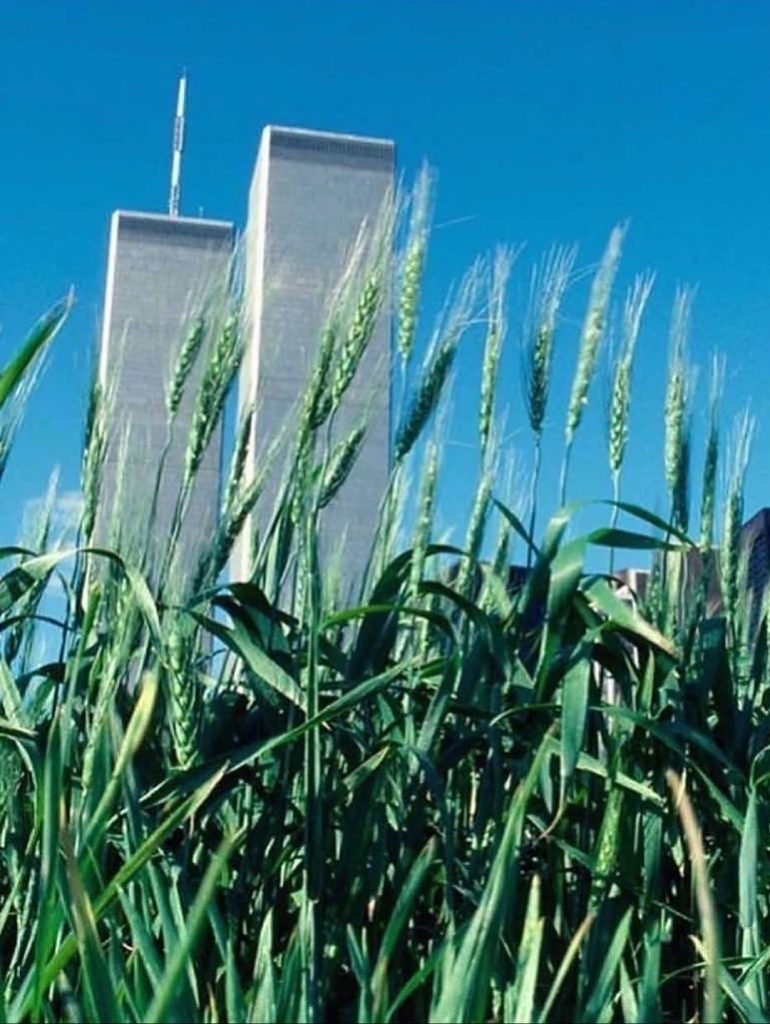
Agnes Denes went on to create many other ambitious works, but Wheatfield is often remembered as her defining masterpiece. It was not about spectacle but about meaning. It asked quiet questions about food, labor, wealth, and the environment, questions that still haunt us in an age of climate change and global inequality. When people see the photos now—the shimmering wheat against the hard lines of the Twin Towers—they see more than an artwork. They see a meditation on balance, on what it means to grow something nourishing in the middle of a world obsessed with money and speed.
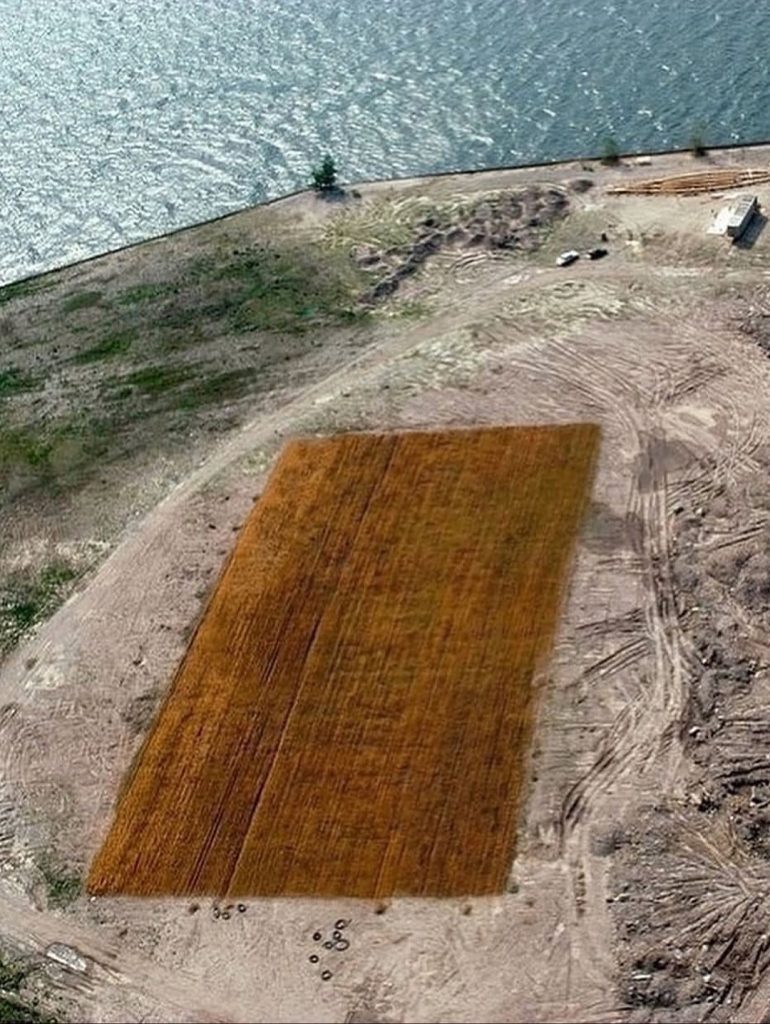
Sometimes art is not a painting on a wall or a sculpture on a pedestal. Sometimes it is a field of wheat, stubbornly growing in the shadow of skyscrapers, reminding us that life, in all its fragile simplicity, still matters most.

Daniel Reed is a curious mind with a passion for breaking down how the world works. With a background in mechanical engineering and digital media, he turns complex ideas into easy-to-understand articles that entertain and inform. From vintage tools and modern tech to viral internet debates and life hacks, Daniel is always on the hunt for the “why” behind the everyday. His goal is simple: make learning feel like scrolling through your favorite feed — addictive, surprising, and fun.
